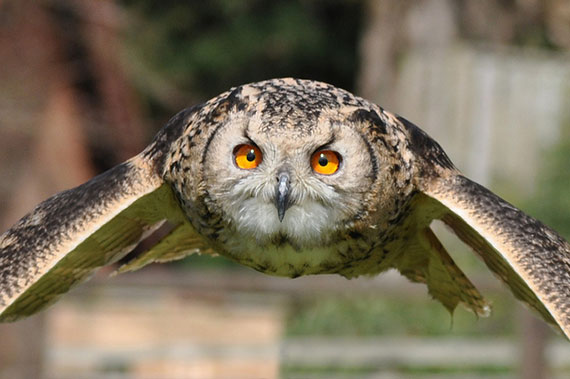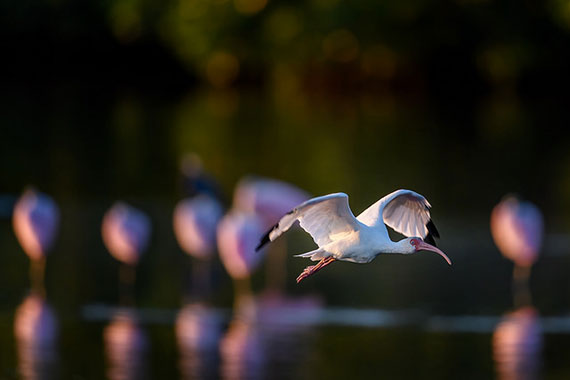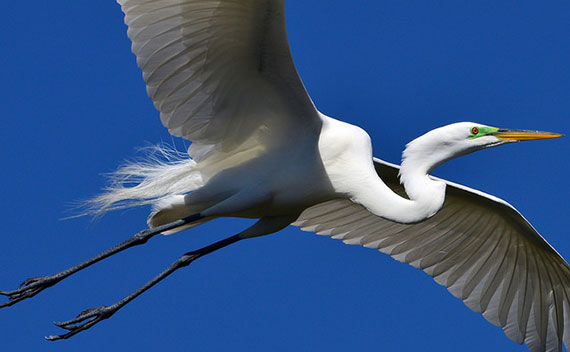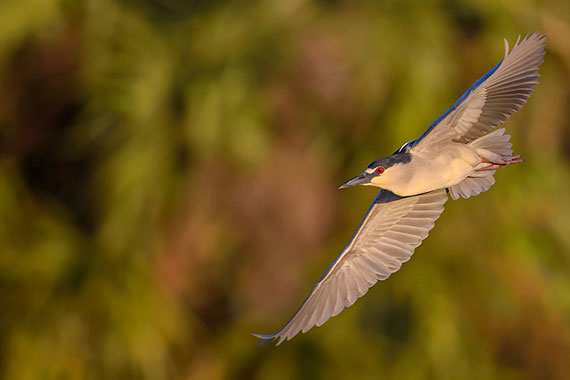Being able to capture good images using a DSLR (Digital Single Lens Reflex) camera can be extremely rewarding. And some of the best pictures that we can take tend to be the hardest. Once we have a pretty good understanding of some of the camera’s functions both on automatic and manual mode, we can focus on the job of putting this information to good use. One of the hardest images to capture tends to be of something that is moving, but there are ways to make it a little easier to master.

Photo by dingopup; ISO 200, f/5.6, 1/1250-second exposure.
Photographing inanimate objects really is the place to start and by using the same object in totally different settings and light can give us a lot of information and feedback. It’s also a good idea to place some objects up high so as to see what is needed to make these a clear and focused picture.
Moving on from static objects with more knowledge, we now want to explore the world of moving objects and photography. The technique of photographing a moving object is known as panning. This involves leveling the camera with the subject, finding it in the viewfinder (this is best done by first having the zoom completely in showing the object furthest away), zooming in, and then focusing either automatically or manually.
When starting out using panning photography, it’s best to first revert back to the automatic settings until confident that being on manual will not be the difference between capturing the shot and missing a great shot. Once you have the image firmly locked on start to follow the images motion slowly with the camera, while at the same time zooming until the image is now the size that you want for your picture. Take the shot and review.
Learning to take good pictures panning can be achieved on a gradual progressive basis like this. Find a road that you can stand a reasonable distance from and not be in any danger from passing cars. For best results you want to find a fairly long road where you will have plenty of time to locate a car in the viewfinder focus, zoom and shoot.

Photo by Diana Robinson; ISO 1600, f/4.0, 1/1250-second exposure.
A good result should show the car as clear as if it was standing still and you captured the image using a tripod, while the foreground and background should be blurred from camera motion and not aperture settings.
Try the same method on a motorbike, this is improving your technique as it is not only a smaller object to focus on, but also tends to be moving a lot faster. Taking pictures of anything outdoors on the ground is always made better when the sun is behind you and certainly Not in front of you, this is essential to great results for panning photography, unless you want the images to be silhouettes.
Moving on again we are now going to focus on objects that fly. With anything flying it is always best to try where possible to capture the image from a side angle and with the subject as low down as is possible. This is because whether the sun is behind you or not if you photograph something in daylight looking straight up in will more than likely have the silhouette effect.
A good way to hone your panning skills of flying objects is to visit air-shows, or even by getting close to an airport. Air shows are good, as they have a variety of aircraft that you can practice on.

Photo by Barry Goble
One of the main reasons it’s a good idea to start photographing flying objects by using aircraft is due to their overall size.
Now onto birds in flight. Using the car and aircraft theory we want to start off with something that is not only big, but also slow and graceful. That way we will find it much easier to keep track of and photograph while also making sure we can get the timing and lighting right. One of the best birds to start learning panning skills on is the seagull; they tend to tick all the boxes when it comes to getting a great shot.
The seagull is fairly slow in flight and tends to glide more than fly. Not only that, but they also do a lot of low level flying when it comes to catching fish or hovering in a bay on the thermals.
Moving on from the seagull should be a natural progression, but as a rule of thumb, the bigger the bird the easier it is to capture in flight. When you move down to smaller birds it can often be the case of hit and miss many times, but one little trick I have learned is that if there is a specific bird in your area that you are trying to photograph it is well worth simply watching his/her movements a few times before you actually try to photograph him/her.
By knowing which tree he/she is going to fly to or from can often give you an upper hand due to knowing the direction or target of his/her flight. Also setting up shots for birds is a good way of getting great pictures too. Using food to entice them or even a stick strategically placed on a riverbank can reward the photographer with a stunning image of a kingfisher.

Photo by Diana Robinson; ISO 280, f/4.0, 1/1600-second exposure.
Panning photography is certainly an art, but if the photographer studies and learns from initial attempts the end results can be pretty staggering in a relatively short period of time. Keeping the camera steady and smooth at all times is critical to the overall results, and it is even possible to use a monopod in some instances for even more clarity, but panning free hand should be mastered first.
About the Author:
Article written by Clive Anderson (myphotographblog). Photography is not just a great hobby and interest that people can enjoy and share with each other, it can be seriously relaxing and in some cases therapeutic.
Go to full article: How to Photograph Birds in Flight
What are your thoughts on this article? Join the discussion on Facebook
PictureCorrect subscribers can also learn more today with our #1 bestseller: The Photography Tutorial eBook
The post How to Photograph Birds in Flight appeared first on PictureCorrect.
from PictureCorrect https://ift.tt/2iWKPv4
via IFTTT






0 kommenttia:
Lähetä kommentti